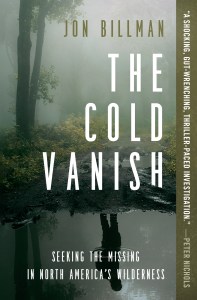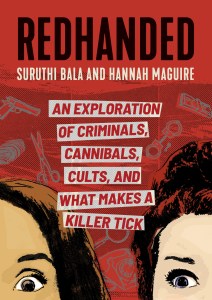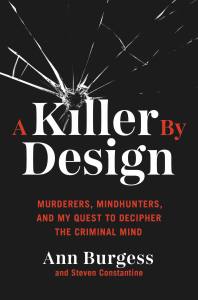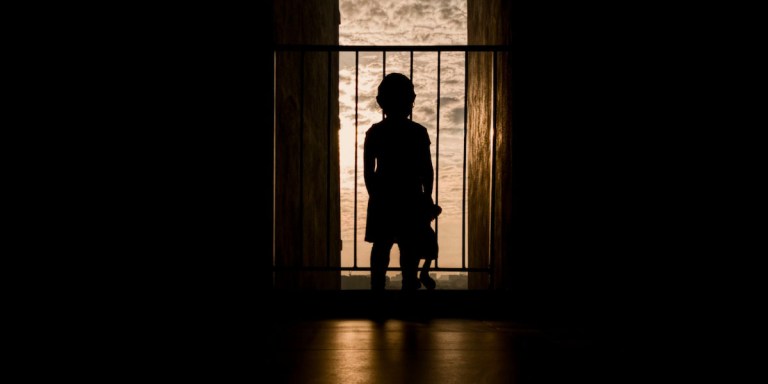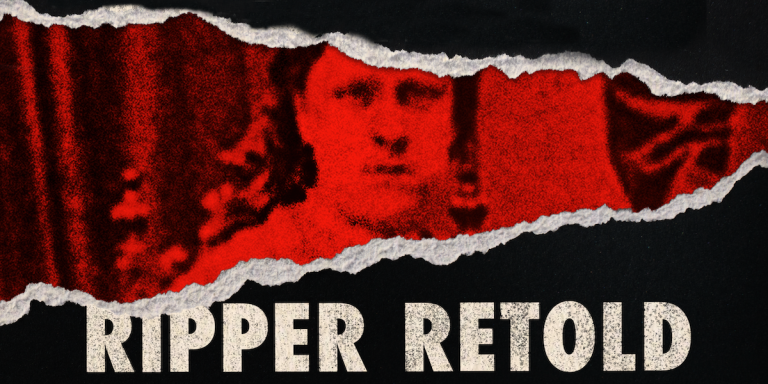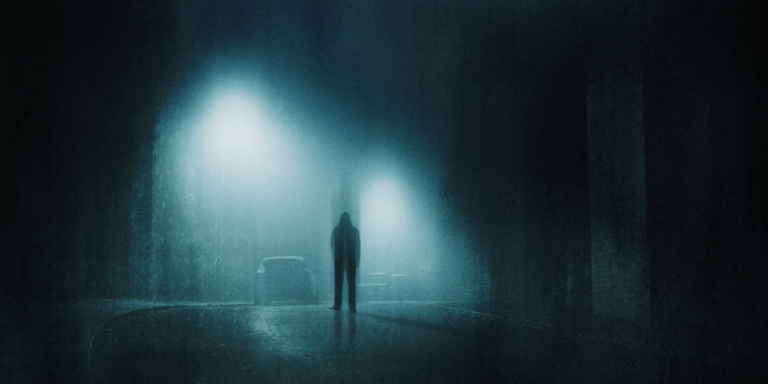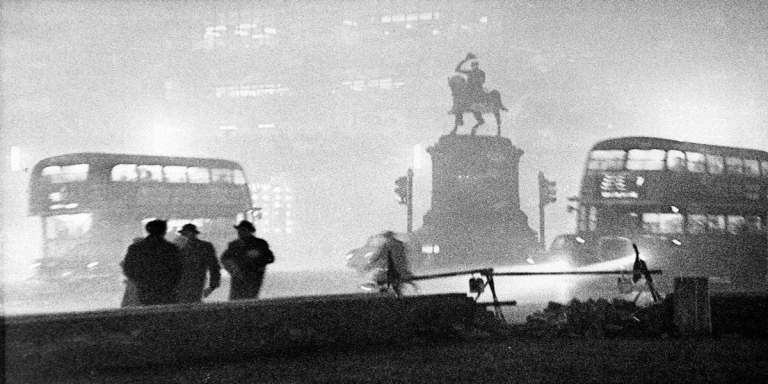Cold Cases: Five Nonfiction Books About Unsolved Crimes
 Cold cases are some of the most fascinating of all true crimes because they beg the question of what went wrong? How is a case still unsolved after all this time? Is it that someone knows something but they aren’t talking? Was the case mishandled? Or did circumstance and coincidence make it so that crucial information, the missing link, was somehow missed? Books that take on cold cases are exciting and challenging. New perspectives mean there’s a possibility for new insight, but the further you are from a crime, the harder it is to solve. These five true crime books look at some of the most puzzling and fascinating cold cases—and they might even solve a few mysteries along the way.
Cold cases are some of the most fascinating of all true crimes because they beg the question of what went wrong? How is a case still unsolved after all this time? Is it that someone knows something but they aren’t talking? Was the case mishandled? Or did circumstance and coincidence make it so that crucial information, the missing link, was somehow missed? Books that take on cold cases are exciting and challenging. New perspectives mean there’s a possibility for new insight, but the further you are from a crime, the harder it is to solve. These five true crime books look at some of the most puzzling and fascinating cold cases—and they might even solve a few mysteries along the way.
Both expansive and incredibly focused, The Cold Vanish is a hard look at some of the most puzzling cold cases and missing person cases in recent North American history. Billman was initially drawn to the subject by the disappearance of a woman near his home, and since then has dug into many cases of people disappearing in National Parks, forests, and other wilderness areas. The book is split between his friendship with Randy Gray, father of Jacob, who went missing in Olympic National Park, and other case studies that Billman has researched. For over a year, Billman helped Randy search high and low for his son and also aided in other professional searches in Michigan and Canada, looking into how disappearances in the wilderness are investigated across the continent, along with survival and success rates. This is a fascinating book about the dangers of the wilderness, and the people devoted to finding the missing.
Suruthi Bala and Hannah Maguire are the cohosts of RedHanded, a popular true crime podcast that looks at big-time crimes that make all the headlines, and smaller, less asked about crimes. In their first book, Bala and Maguire are most interested in understanding what motivates a killer. Are we fascinated by true crime because we believe it says something about our society and ourselves? Or are our perceptions completely wrong? Bala and Maguire don't believe that killers are innately evil or monstrous, and therein lies the true horror. By looking at a variety of cases, they analyze the social, political, economical, psychological, and cultural influences on some of the most horrific crimes.
Related: The RedHanded Podcast—Murder, True Crime, and Stories That Shock
Dr. Ann Wolbert Burgess was researching sexual assault and trauma when she caught the attention of the FBI. As sexual assault and murder rates rose in the 1970s and '80s, the FBI was desperate to figure out what made all of these perpetrators tick, and figure out a way to catch them. They formed a behavioral science unit ("Mindhunters") that made little headway until Dr. Burgess joined the team and applied her research to law enforcement techniques. With her help, the FBI was able to solve cold cases and track down some of the most notorious killers of the twentieth century, including Ed Kemper and Dennis Rader.
Niki, Sami, and Tori are three sisters who share an unbreakable bond after experiencing a horrific childhood. Their mother Shelly was cruel and sadistic, and she manipulated and tortured her daughters, always threatening them to keep quiet. Her reign of terror was calumniated in a brutal crime that left multiple people dead, but the sisters survived and lived to tell their story of resilience, sisterhood, and survival.
Between 1898 and 1912, families across the country were bludgeoned in their sleep with the blunt side of an axe. Jewelry and valuables were left in plain sight, bodies were piled together, faces covered with cloth. Some of these cases, like the infamous Villasca, Iowa, murders, received national attention. But few people believed the crimes were related. And fewer still would realize that all of these families lived within walking distance to a train station.
When celebrated baseball statistician and true crime expert Bill James first learned about these horrors, he began to investigate others that might fit the same pattern. Applying the same know-how he brings to his legendary baseball analysis, he empirically determined which crimes were committed by the same person. Then after sifting through thousands of local newspapers, court transcripts, and public records, he and his daughter Rachel made an astonishing discovery: they learned the true identity of this monstrous criminal. In turn, they uncovered one of the deadliest serial killers in America.
By clicking 'Sign Up,' I acknowledge that I have read and agree to Hachette Book Group’s Privacy Policy and Terms of Use
